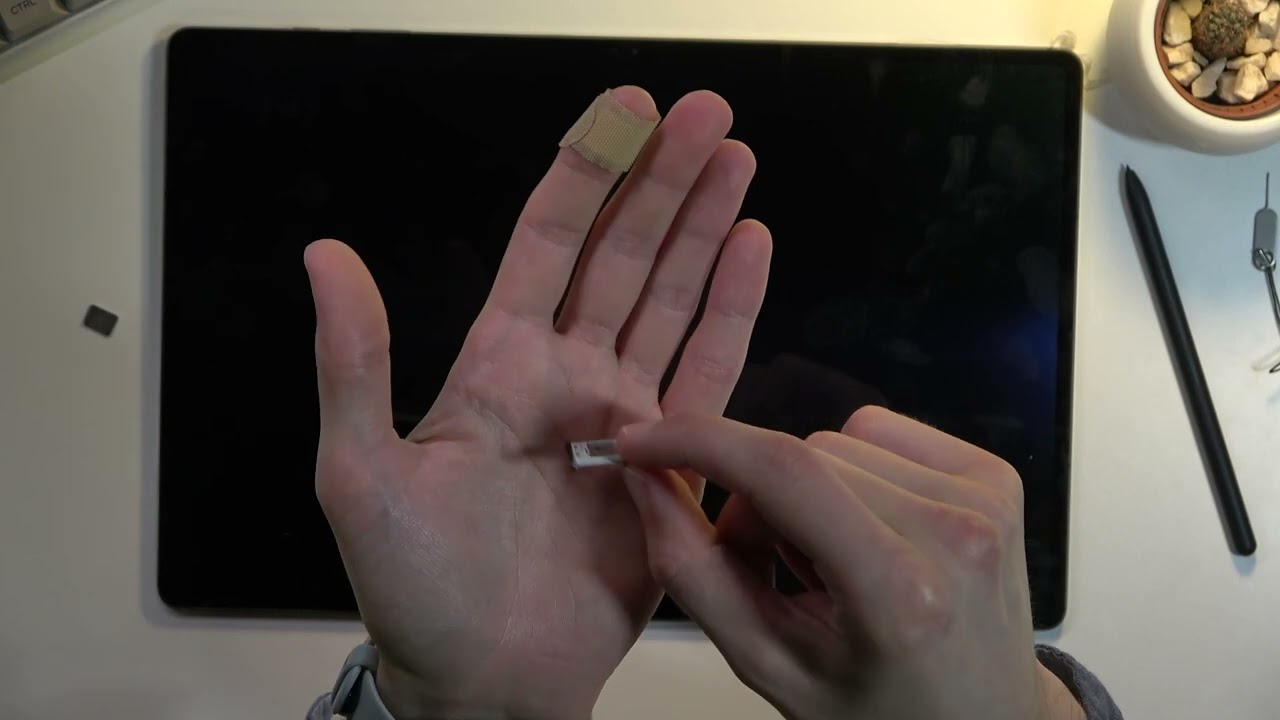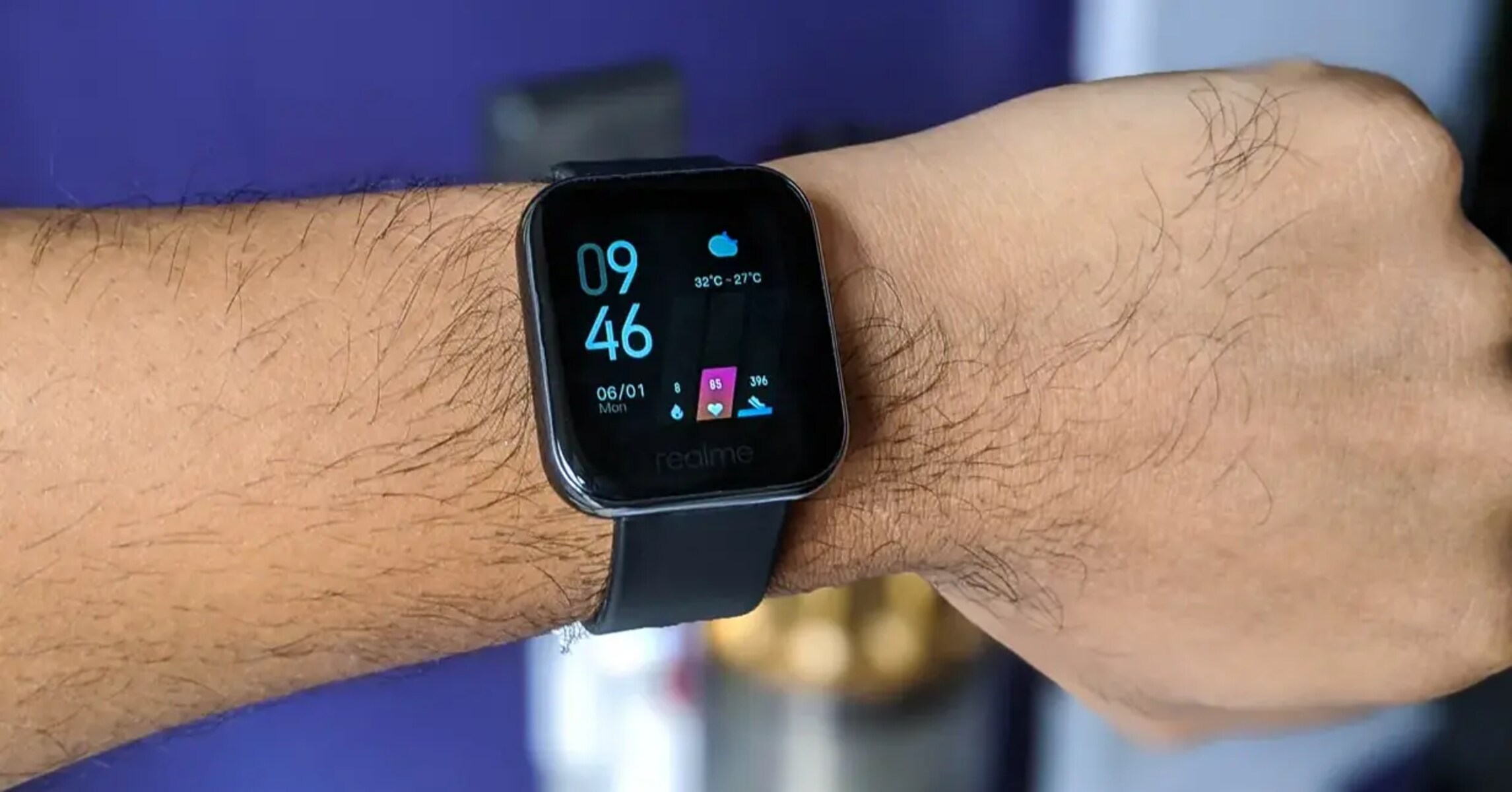Introduction
The touch screen indicator on your Realme 6i can be a helpful visual cue, but it may not be everyone's cup of tea. While some users appreciate the visual feedback when interacting with the screen, others may find it distracting or unnecessary. Fortunately, there are ways to turn off the touch screen indicator on your Realme 6i, providing a more streamlined and unobtrusive user experience.
In this article, we will explore two methods to disable the touch screen indicator on your Realme 6i. The first method involves utilizing the Developer Options, a set of advanced settings that allow users to access additional features and controls on their Android device. The second method entails using third-party apps specifically designed to customize and enhance the user interface of Android devices.
By following the step-by-step instructions provided in this article, you can tailor your Realme 6i to suit your preferences and optimize your user experience. Whether you prefer a minimalist interface or simply wish to eliminate visual distractions, these methods offer practical solutions to disable the touch screen indicator on your Realme 6i. Let's delve into the details of each method and empower you to take control of your device's display settings.
Method 1: Using Developer Options
Enabling Developer Options on your Realme 6i grants you access to a plethora of advanced settings and features that are typically hidden from regular users. This includes the ability to customize various aspects of the device's behavior and appearance, making it an ideal avenue for disabling the touch screen indicator.
To begin, navigate to the "Settings" app on your Realme 6i and scroll down to find the "About Phone" section. Tap on "About Phone" and locate the "Build Number" entry. Tap on "Build Number" repeatedly (usually seven times) until a message appears, indicating that Developer Options have been enabled.
Once Developer Options are activated, return to the main "Settings" menu and scroll down to find the newly unlocked "Developer Options" entry. Tap on "Developer Options" to access a wide array of advanced settings.
Within the Developer Options menu, scroll down to locate the "Input" section. Here, you will find an option labeled "Show taps." By default, this option is enabled, causing the touch screen indicator to appear whenever the screen is touched. To disable the touch screen indicator, simply toggle off the "Show taps" option.
After disabling the "Show taps" option, the touch screen indicator will no longer be displayed when interacting with the screen on your Realme 6i. This provides a cleaner and less visually cluttered user interface, allowing you to focus on the content without the distraction of the touch screen indicator.
It's important to note that while Developer Options offer advanced customization capabilities, they also contain settings that can impact the device's performance and stability. Therefore, it's advisable to exercise caution and refrain from altering settings unless you are familiar with their implications.
By utilizing Developer Options to disable the touch screen indicator on your Realme 6i, you can tailor the device's display settings to align with your preferences, creating a more personalized and immersive user experience.
In the next section, we will explore an alternative method that involves using third-party apps to achieve the same objective, providing users with flexibility and choice in customizing their Realme 6i's interface.
Method 2: Using Third-Party Apps
In addition to leveraging the built-in settings and features of your Realme 6i, you can also utilize third-party apps to customize and enhance the user interface, including the ability to disable the touch screen indicator. These apps offer a convenient and user-friendly approach to modifying the display settings, providing an alternative method for achieving your desired visual experience.
One such app is "Custom Navigation Bar," which empowers users to personalize various aspects of the navigation bar and screen interaction elements on their Android devices. To begin, you can download and install the "Custom Navigation Bar" app from the Google Play Store.
Once the app is installed, launch it to access a range of customization options. Navigate to the settings related to the touch screen indicator or tap gestures, depending on the specific features offered by the app. Within these settings, you should be able to find an option to disable the touch screen indicator, effectively removing the visual feedback that appears when interacting with the screen.
Another popular app that provides extensive customization capabilities is "Nova Launcher." While primarily known for its robust home screen customization features, Nova Launcher also offers options to modify various visual elements throughout the user interface. By accessing the app's settings, you can explore options to disable the touch screen indicator or adjust its behavior to better suit your preferences.
These third-party apps not only allow you to disable the touch screen indicator but also offer a wide range of additional customization features, enabling you to tailor your Realme 6i's interface to reflect your unique style and preferences. Whether you prefer a minimalist and unobtrusive user interface or seek to fine-tune specific visual elements, these apps provide a versatile and intuitive platform for achieving your desired display settings.
By leveraging third-party apps to customize the touch screen indicator on your Realme 6i, you can further enhance your user experience and create a personalized interface that aligns with your preferences. These apps offer a convenient and accessible means of modifying the device's display settings, empowering you to take control of the visual aspects of your Realme 6i and optimize your interaction with the device.
In the next section, we will summarize the key takeaways and provide a comprehensive overview of the methods discussed, empowering you to make informed decisions regarding the touch screen indicator on your Realme 6i.
Conclusion
In conclusion, the touch screen indicator on your Realme 6i can be easily disabled using either the Developer Options or third-party apps, providing you with the flexibility to customize your device's display settings according to your preferences.
By utilizing the Developer Options, you can access advanced settings that allow you to disable the touch screen indicator directly from the device's native features. This method offers a straightforward approach for users who are comfortable navigating through the device's settings and exploring additional customization options. However, it's important to exercise caution when making changes within the Developer Options, as certain settings may impact the device's performance and stability.
Alternatively, third-party apps such as "Custom Navigation Bar" and "Nova Launcher" offer a user-friendly and intuitive way to disable the touch screen indicator while providing a wide range of additional customization features. These apps empower you to personalize various visual elements of your Realme 6i's interface, allowing you to create a tailored user experience that aligns with your unique preferences.
Whether you opt for the native approach through Developer Options or choose to leverage third-party apps, the ability to disable the touch screen indicator on your Realme 6i grants you greater control over the device's visual feedback, enabling you to create a more streamlined and unobtrusive user interface.
Ultimately, the methods outlined in this article offer practical solutions for customizing the touch screen indicator on your Realme 6i, allowing you to optimize your interaction with the device and enhance your overall user experience. By tailoring the display settings to suit your preferences, you can create a personalized and immersive interface that aligns with your individual style and usage habits.
In essence, the ability to disable the touch screen indicator on your Realme 6i exemplifies the device's versatility and adaptability, empowering you to take control of its visual feedback and create a user experience that resonates with your unique preferences and usage patterns.






















